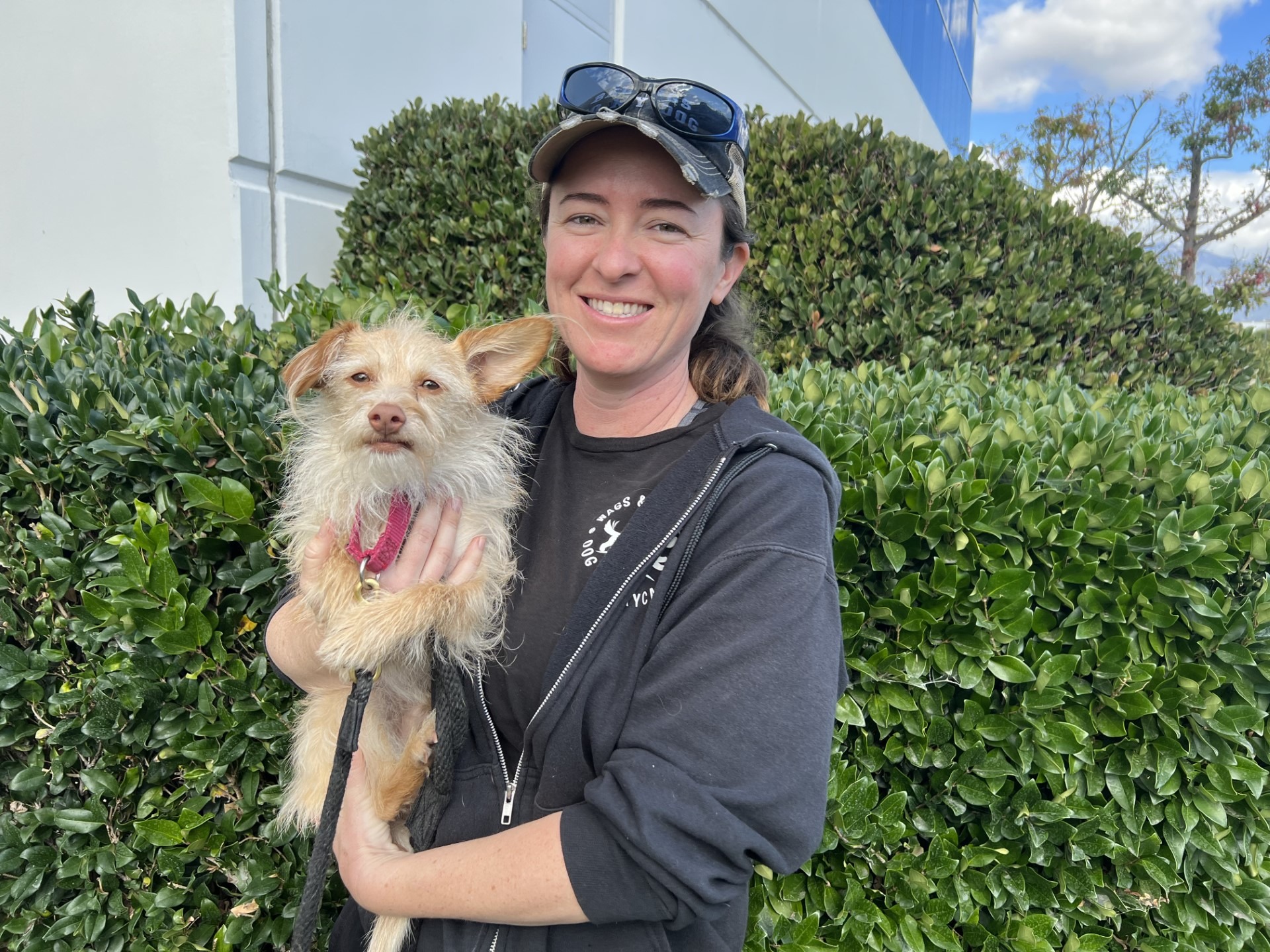When it comes to socializing a new dog, it is crucial to understand that you are actually doing more by slowing down.
Laurie, the founder of Wags & Wiggles, did a private lesson with a new client who had recently adopted a young dog. This client's new dog had started growling at people on walks, and she was considering returning the dog.
During the background intake, we learned that she had taken her new dog to a dog park, had lunch at an outdoor restaurant, and gone for a visit at a family member's house, all within the first weekend. She thought she was doing the right thing in the name of socialization.
We had a long discussion about flooding. Flooding is overexposure and can cause the dog to have an increased fearful response.
It is important to remember that any new creature that you bring into your home does not know you.
They don't know what kind of person you are or if you are safe. This dog has probably bounced around and doesn't know if this is their new forever or not.
Most of the time, when we discuss how to help a dog get used to a new experience, it starts with using your trust account as their anchor. There is no trust account with a newly adopted animal.
There are also stress hormones to consider. New dogs are always stressed on some level and often need weeks for their stress levels to normalize. This means the new dog is more likely to react negatively to even small stress increases.
New dogs also may not know what specific sounds mean in and around your life. Just the sound of rain on your roof, your neighbor's radio, or your microwave could put them on edge. They may feel threatened by all on a low level, adding to their stress.
It is best to slow down the process of adding a new dog to your house.
Let them decompress. Let them inspect a new area of your house or area every day or two. Walk them up and down outside your house for a few days (and only there), let them sniff, and sniff some more. Let them pee freely.....it may be boring for you, but not for your dog. They need to know what is happening around them, and they learn that through their nose, eyes, and ears.
Do not introduce them immediately to new people or animals that don't live in your house. Give them time to get to know you and your family first. This will also give you time to understand how much space and time your new dog needs to get to know someone new. You could provide people with information like "she doesn't like her head touched" or "she really likes this treat." It takes time to know what your new dog likes and dislikes.
Luckily with Laurie's client, after slowing things way down, her dog started to build confidence and stopped growling on walks.
It has been a few weeks, and they are attending their first class at Wags & Wiggles. The bond was immediately apparent, and they were on their way to a long, happy life.
If you are adding a new family member these holidays, be proactive and contact us to discuss how to make it a positive experience.


I am interested in agility training for a Great Pyraneese 4 yo. Still could use some obedience training too. So stubborn.
I also have a Minpin 11 yr old but active. Can she learn the agility?
CarolAnn
949-677-3366
CaSen42@gmail.com